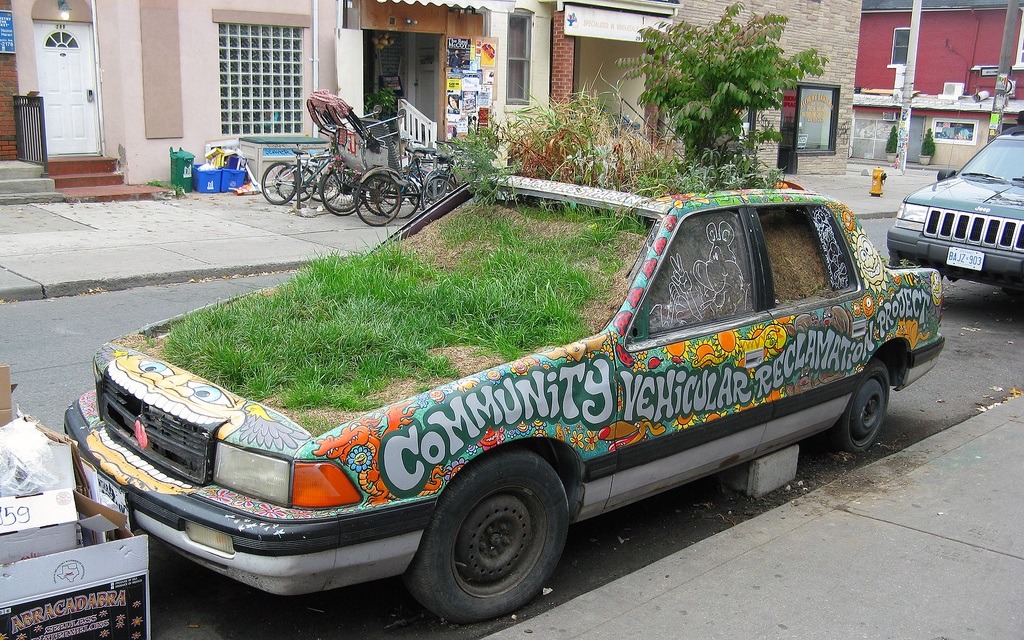
August 10, 2015; Office of the Premier (Ontario, CAN)
The Premier of Ontario, Kathleen Wynne, has been working with an advisory group on a plan to create “community hubs.” The idea is to use schools, neighborhood centers, or other public facilities as venues for coordinating and providing healthcare, education, and other services. A year ago, in the premier’s letters to several cabinet officers (ministers), she made it clear that she expects to see movement on a community hubs strategy that would “promote efficient use of public assets and build better ties among schools, municipalities and community organizations.”
The Premier’s advisory group just released its report, Community Hubs in Ontario: A Strategic Framework and Action Plan, with specific recommendations based on over 70 meetings with 350 organizations. Just the membership of the advisory group was kind of interesting, a broader collection of nonprofit leaders than is usually convened in the U.S. by almost anything—even by some nonprofit leadership organizations themselves. Members of the Community Hub Framework Advisory Group included representatives of the Pillar Nonprofit Network, with a track record in linking people to volunteer positions; Trillium Health Partners, a hospital network; People for Education, dedicated to supporting and promoting public schools; and CivicAction, a multi-sectoral effort to mobilize civic leadership to address social and economic issues in the Greater Toronto region, just to name a few of the nonprofit entities, in addition to some public sector and other members.
The report defined community hubs in this way:
Community hubs provide a central access point for a range of needed health and social services, along with cultural, recreational, and green spaces to nourish community life. A community hub can be a school, a neighbourhood centre, an early learning centre, a library, an elderly persons centre, a community health centre, an old government building, a place of worship or another public space. Whether virtual or located in a physical building, whether located in a high-density urban neighbourhood or an isolated rural community, each hub is as unique as the community it serves and is defined by local needs, services and resources.
When people think of community hubs, they think of places where people come together to get services, meet one another and plan together. We’ve heard that community hubs are gathering places that help communities live, build and grow together. No community hub is like another, as each brings together a variety of different services, programs and/or social and cultural activities to reflect local community needs. It is this diversity of activity that allows community hubs to play a critical role in building economic and social cohesion in the community.
The definition is interesting in that it moves from a framework of coordinating service delivery to a vision of hubs as building and sustaining community. Given Ontario’s rapid and projected growth with an increasingly diverse population, the community hub idea seems meant to integrate services and people toward a stronger vision of what community means.
Sign up for our free newsletters
Subscribe to NPQ's newsletters to have our top stories delivered directly to your inbox.
By signing up, you agree to our privacy policy and terms of use, and to receive messages from NPQ and our partners.
While identifying examples of hubs from the UK, the U.S., and elsewhere in Canada, the report identified challenges in bringing more hubs into existence:
- The lack of a database of surplus public properties that might be available for use as community hubs (and challenges in the procedures for accessing, purchasing, etc. surplus public properties)
- Bureaucratic barriers such as the tendency of programs to operate within silos despite the best of intentions to do otherwise
- The need for start-up funding to establish hubs (the report said that the Ontario Trillium Foundation was contemplating seed grants)
- Challenges in measuring the impacts and outcomes of community hubs, especially with the separate measurement regimes applicable to the specific programs to be located in the hubs
- Access to funding that will support the services to be co-located in the hubs
- Access to capital funding needed to establish and maintain the community hubs
- Geographic and population issues, such as establishing community hubs in rural areas where access is long and difficult or creating community hubs that respond to and respect the needs of French-speaking and Aboriginal communities, including avoiding the tendency to force French-speakers to assimilate
Basically, the advisory group laid out challenges and issues for the premier and the province’s nonprofit sector to address and overcome. The onus is to get moving with these ideas and test them before opportunities pass the boards by. For example, in Toronto, there is planning underway by the school district for the potential repurposing of 68 school buildings.
Elizabeth McIsaac and Alan Broadbent of Maytree, an anti-poverty-focused charitable foundation, called on Toronto to factor in the idea of community hubs as a potential use for these schools. They wrote, “By converting these schools to community hubs…the spaces remain designated to community benefit, and could be re-purposed again if neighbourhood demographics change in the future and a new generation of students needs those schools.”
Our friends at the Ontario Nonprofit Network greeted the advisory group’s report with a statement of support of “the principled approach and overall direction proposed in the Action Plan and look forward to working with the Ontario government and other partners on its implementation.” ONN’s recommendations to the advisory group, submitted earlier this summer, are obviously well reflected in the advisory group’s final report. One paragraph of the ONN letter on community hubs is particularly important:
Above all, we ask that the Ontario government co-creates this hub initiative “with” our sector, and not “to” our sector. Community nonprofits are eager partners and would like a significant voice in how hubs are supported, funded, evaluated, and sustained.
NPQ will be watching to see how the Ontario government and its nonprofit partners make progress on the community hubs idea before options on public facilities that might serve as hubs are lost to the real estate market or other purposes.—Rick Cohen











